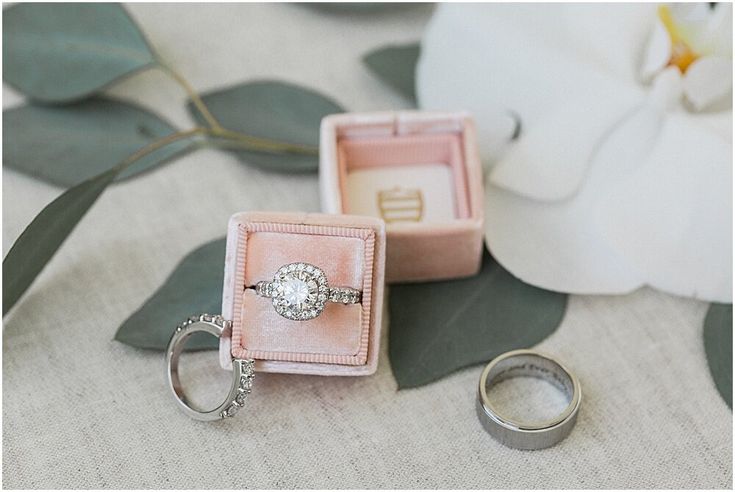High Set vs. Low Set Engagement Rings: Pros and Cons Unveiled
Choosing the perfect engagement ring involves considering various factors, including the setting style. High set and low set rings are two popular options, each with its own unique characteristics and appeal. In this blog post, we’ll delve into the pros and cons of high set vs. low set engagement rings to help you make an informed decision when selecting the perfect ring for your beloved.
High Set Engagement Rings:
High set engagement rings are characterized by a raised or elevated setting that positions the center stone above the band. This type of setting typically features prongs or claws that securely hold the gemstone in place while allowing light to enter from all angles, enhancing its brilliance and sparkle. These rings are known for their striking and prominent appearance, as the elevated setting draws attention to the center stone, making it the focal point of the ring.
The elevated setting of high set engagement rings ensures that the center stone is prominently displayed and easily visible from a distance. This makes them ideal for showcasing larger or more intricate gemstones, allowing them to take center stage. High set engagement rings also exude a sense of drama and sophistication, making them a stunning choice for those who appreciate bold and statement-making jewelry. The raised setting adds depth and dimension to the ring, creating a captivating and eye-catching look.
While high set engagement rings have their benefits, there are some cons to them. For starters, the elevated nature of high set engagement rings can make them more prone to snagging on clothing or other objects. This can pose a risk of damage to the ring or cause discomfort for the wearer, especially during daily activities. At the same time, the prominent appearance of high set engagement rings may attract unwanted attention, making them less suitable for individuals who prefer a more understated or subtle look.
Low Set Engagement Rings:
Low set engagement rings are characterized by a setting that positions the center stone closer to the finger, with minimal height above the band. Unlike their high set counterparts, low set engagement rings feature a setting that sits flush with or slightly above the band, creating a more understated and subtle appearance. This type of setting is often preferred for its practicality and comfort, as the lower profile reduces the risk of snagging on clothing or other objects and ensures a snug fit for everyday wear.
Low set engagement rings are versatile and can be easily paired with wedding bands of various styles and designs, allowing for seamless stacking and customization of the bridal set. The low profile allows for seamless stacking and layering, giving you the freedom to customize your bridal set to suit your personal style. They exude a timeless elegance and sophistication that never goes out of style. The understated setting allows the beauty of the gemstone to shine through without overwhelming the wearer, making low set rings a classic choice for those who appreciate understated elegance.
On the other hand, the low profile of low set engagement rings may result in reduced visibility of the center stone, especially when viewed from a distance. This may be less ideal for those who prefer a ring that makes a bold statement or showcases a larger gemstone. The lower setting of these rings may also limit the amount of light that enters the gemstone, potentially affecting its brilliance and sparkle. While this may not be a concern for all wearers, some may prefer a ring that maximizes the gemstone’s brilliance and fire.
Conclusion:
When choosing between high set and low set engagement rings, it’s essential to consider your personal preferences, lifestyle, and style aesthetic. Whether you prefer the bold and dramatic look of a high set ring or the understated elegance of a low set ring, both options offer distinct advantages and disadvantages. Therefore, it is crucial to weigh the pros and cons carefully before selecting the perfect ring that reflects your love and commitment.
FAQ Section –
Q1. What distinguishes high set from low set engagement rings?
A. High set rings feature a raised setting that elevates the center stone above the band, while low set rings position the stone closer to the finger with minimal height above the band.
Q2. Are high set rings more prone to snagging?
A. Yes, the elevated nature of high set rings increases the risk of snagging on clothing or objects, potentially causing damage or discomfort.
Q3. Do low set rings offer better comfort for everyday wear?AGenerally, yes. Low set rings sit closer to the finger, reducing the risk of snagging and offering a snug fit ideal for daily activities.
Q4. How does the setting height affect the visibility of the center stone?
A.Higher settings, as in high set rings, showcase the center stone prominently, while lower settings, like those in low set rings, may reduce visibility, especially from a distance.
Q5. Can both high set and low set rings accommodate various wedding band styles?
A.Yes, both high set and low set rings can accommodate various wedding band styles, allowing for seamless stacking and customization of the bridal set.

